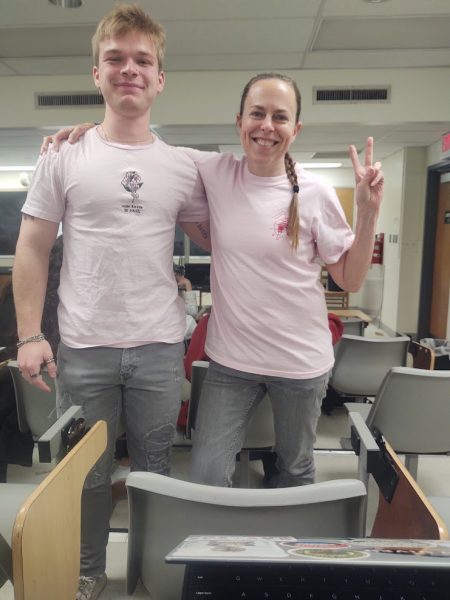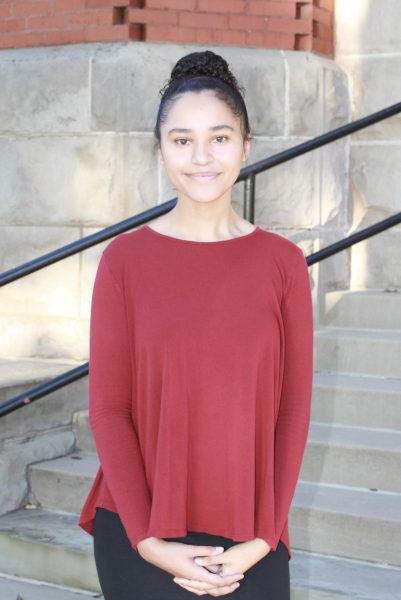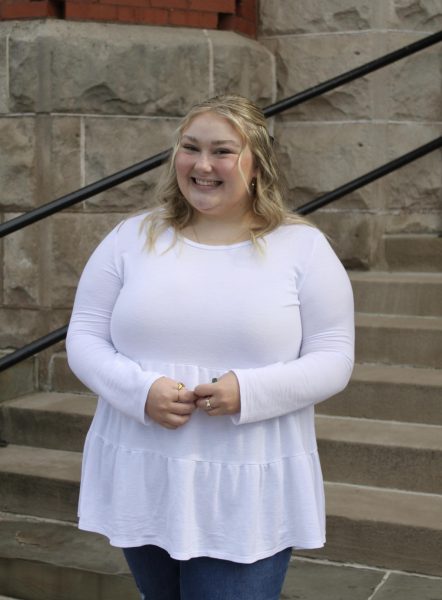EDITORIAL: The Starbucks incident casts a bright light on white privilege
When a video of police arresting two men in a Philadelphia Starbucks went viral, the internet got loud. The two men were sitting in the store, waiting for a business partner. The manager called the police to deal with the men for loitering, which then led to their arrest. For many people, sitting in Starbucks, waiting for a friend or business partner before buying is an incredibly common custom. Even Starbuck’s website highlights this feature of its restaurant:
“It’s not unusual to see people coming to Starbucks to chat, meet up or even work. We’re a neighborhood gathering place, a part of the daily routine – and we couldn’t be happier about it.”
So, it comes to no surprise that many customers in the store were confused and angry as to why the two men were arrested and removed. But the other customers in the store were white. These men were black. This matters in this scenario.
“Ever since I posted (the video),” Melissa DePino, a white woman who recorded the arrest tweeted on Friday, “I’ve had white strangers AND friends say ‘there must be something more to this story.’ That assumption is a big part of the problem.”
What is important to note here is that, while white people are shocked, this story is a reality for many black Americans.
“I don’t feel comfortable just hanging out because most places get immediately suspicious of black men,” tweeted ESPN’s Joel D. Anderson.
It is way past time for white Americans to listen to our black neighbors and friends when they share the stories of discrimination. It wasn’t long ago when black women truly were not allowed to sit in the same restaurant as white men. Implicit racism is engrained into American culture. This is not an isolated incident. It is a sad reality for so many American citizens, whose only crime seems to be simply being black. New York Magazine’s Chas Danner wrote this:
“Some variation of what happened in that one Starbucks happens every day all over the country to a lot more people than most of us realize. Addressing it will demand attention and empathy, from outside communities of color, at times when there is no spectacle or novelty to focus on, or corporation’s app to delete, or white woman’s cell-phone video to share.”
Your donation will help continue the work of independent student journalism at Marshall University. If you benefit from The Parthenon's free content, please consider making a donation.





